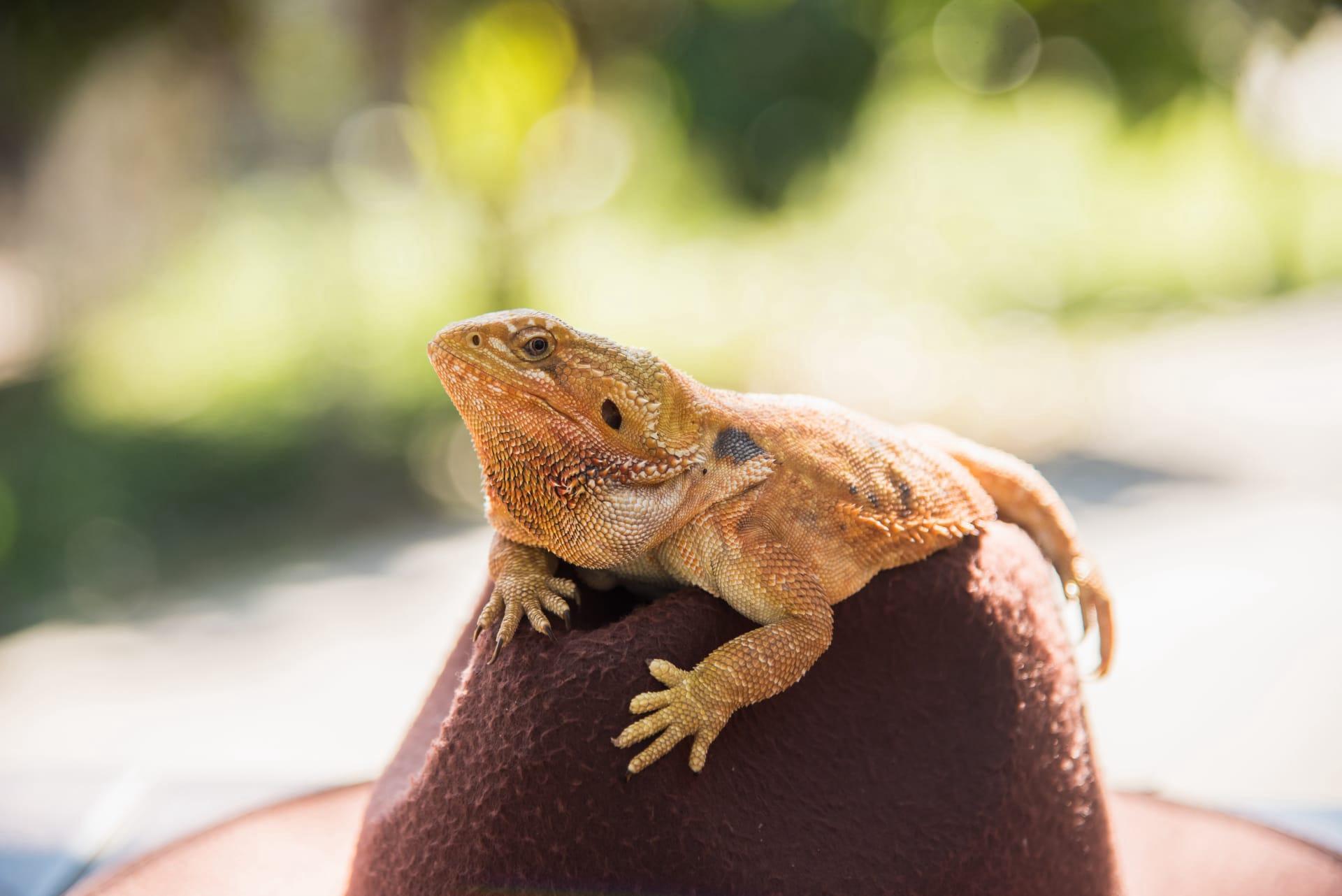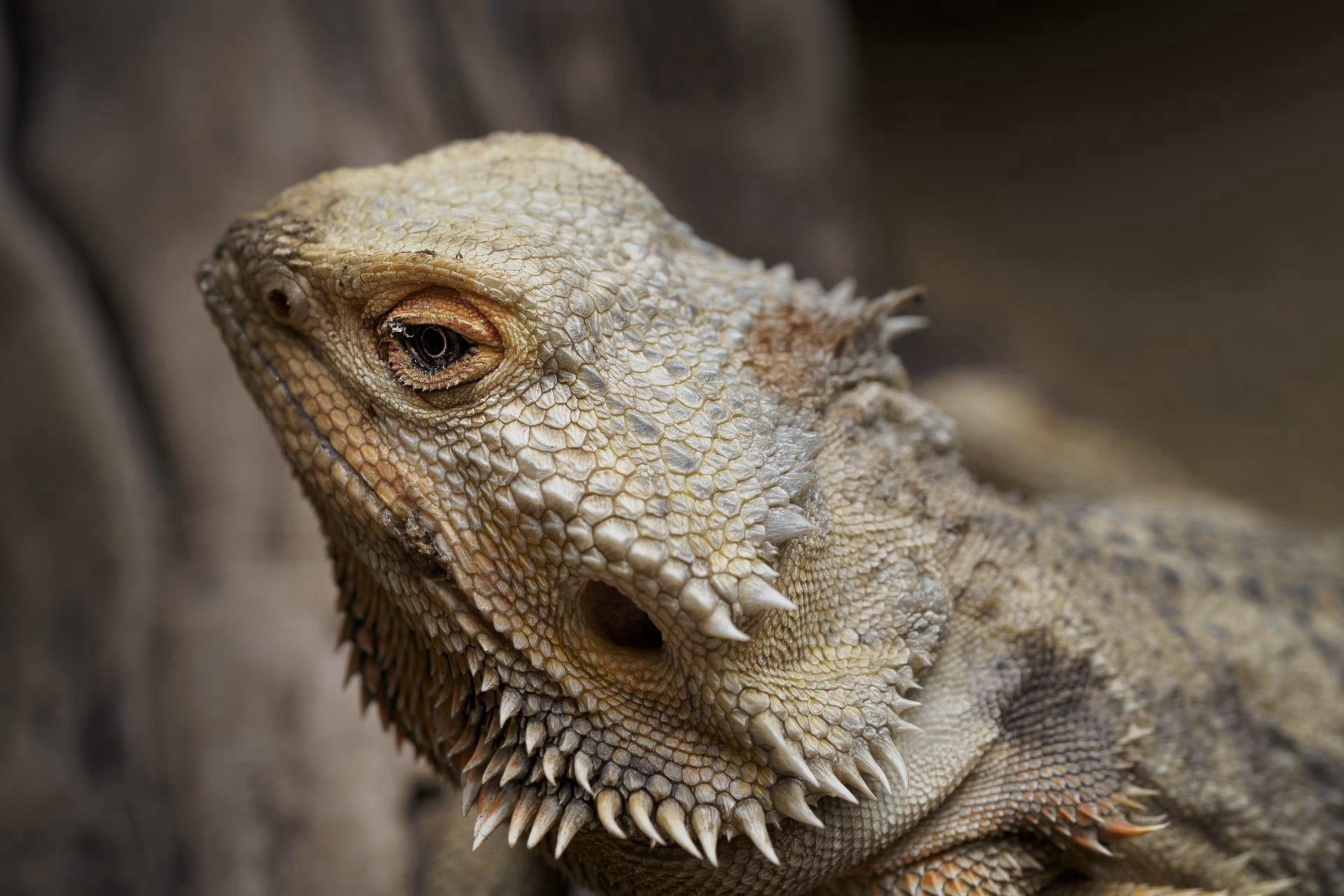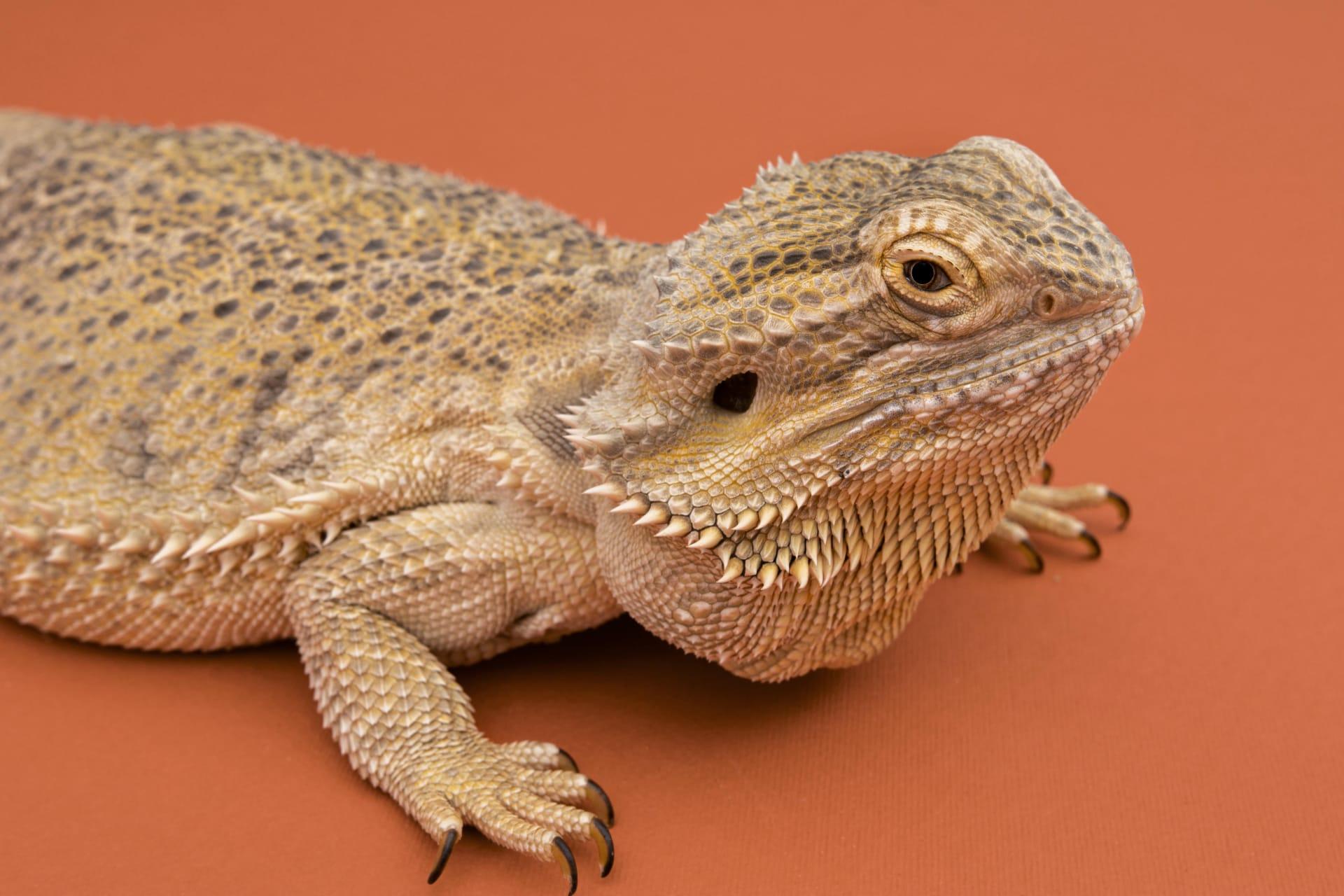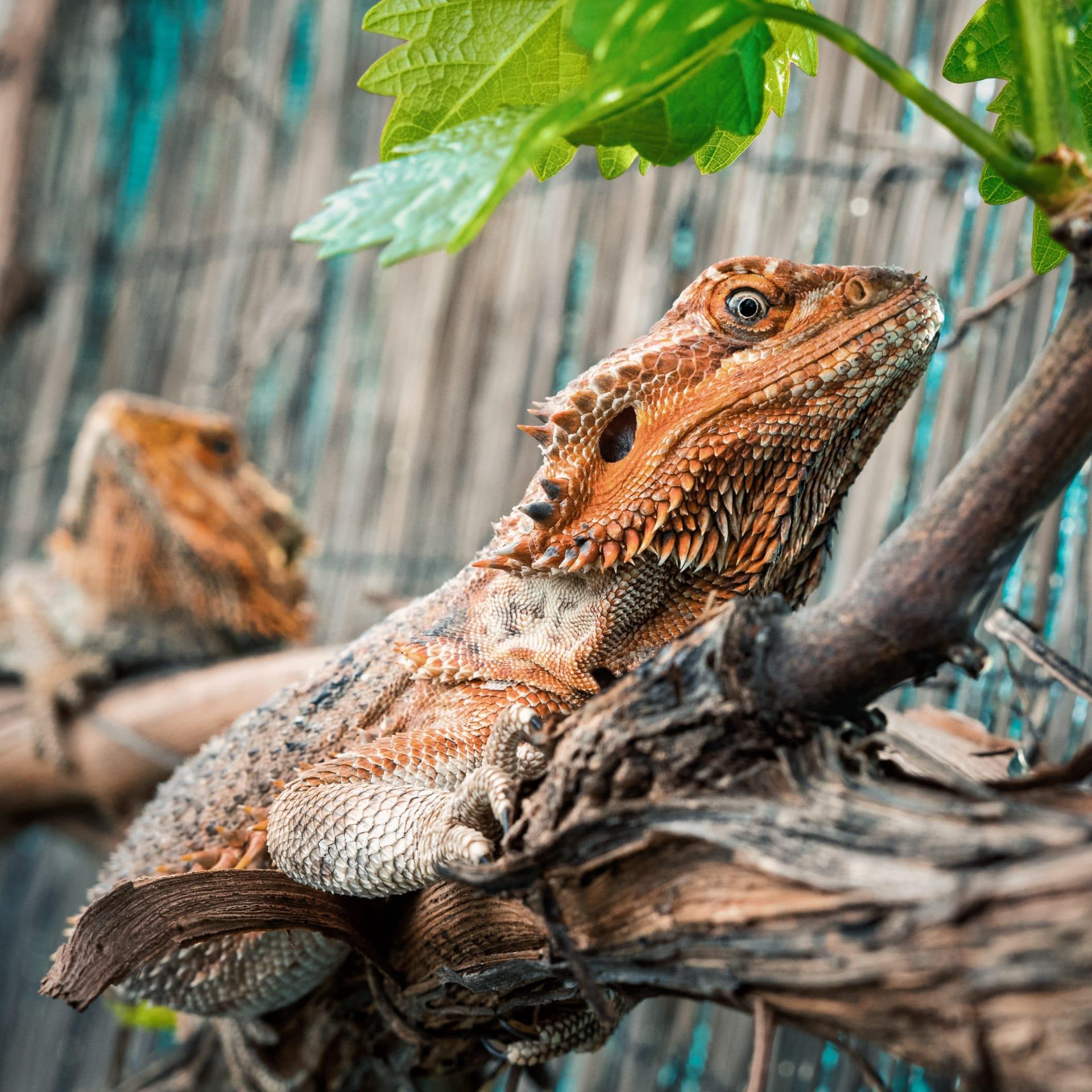Bearded Dragon Characteristics
- Home /
- Mini Encyclopedia /
- Animal /
- Bearded Dragon Characteristics
1
The Bearded Dragon, scientifically known as Pogona, is a fascinating reptile native to Australia. These creatures showcase a range of sizes, typically growing between 18 to 24 inches in length, including their tails. An interesting aspect of their size is that it's heavily influenced by their environment and diet. On average, Bearded Dragons live for about 10 to 15 years, though some have been known to reach 20 years under optimal care conditions.
One of the most distinctive features of the Bearded Dragon is its 'beard', a flap of skin under its chin. This beard can puff up and darken, usually becoming black, as a response to stress, excitement, or territorial displays. It's not just for show; this beard also plays a crucial role in thermoregulation, helping the lizard control its body temperature. The color changes in the beard can indicate the dragon's mood and health status, making it a critical communication tool.

2
Question: What do Bearded Dragons eat, and how should their diet be managed in captivity?
Answer: Bearded Dragons are omnivores, meaning they eat both plant and animal matter. In the wild, their diet includes insects, smaller animals, and a variety of plant materials. In captivity, their diet should consist of a balanced mix of leafy greens, vegetables, and live insects like crickets or mealworms. It's essential to ensure that their diet is varied and nutritionally complete. Also, juvenile dragons require more protein-rich insects, while adults need more plant-based foods. Supplements like calcium and vitamin D3 are crucial for their bone health, especially under artificial lighting.

3
Bearded Dragons possess a unique set of movement characteristics. They are not particularly fast runners, reaching speeds of about 9 miles per hour. Their movement is characterized by a distinctive gait, where they lift their bodies off the ground, supported by their strong and muscular legs. This ability helps them navigate their rugged, rocky habitats efficiently.
When it comes to hunting, Bearded Dragons exhibit fascinating behaviors. They are opportunistic predators, relying on both their stealth and speed to catch prey. Their diet primarily consists of insects, and they use their sticky, muscular tongues to catch these insects swiftly. Their sharp eyesight plays a crucial role in detecting movement, which is vital for hunting in their natural environment.

4
The natural habitat of the Bearded Dragon is the arid, desert regions of Australia. They thrive in warm and dry environments, often found in scrublands, woodlands, and shore areas. These reptiles are well-adapted to the harsh conditions of their habitat, capable of surviving in temperatures ranging from 80 to 100 degrees Fahrenheit during the day.
Bearded Dragons have a unique breeding behavior. They are solitary creatures, coming together only for mating purposes. The mating season typically occurs in the Australian spring, between September and March. Females can lay multiple clutches of eggs per season, with each clutch containing up to 20 eggs. The eggs are buried in the sand and hatch after about 60-80 days, depending on temperature and humidity.

5
Book: "The Bearded Dragon Manual: Expert Advice for Keeping and Caring for a Healthy Bearded Dragon" by Philippe de Vosjoli. This comprehensive guide, published in the United States in the early 2000s, offers in-depth information on the care, feeding, and breeding of Bearded Dragons. It is particularly noted for its practical advice and is authored by a respected expert in reptile care.
Book: "Bearded Dragons: The Essential Guide to Ownership & Care for Your Pet" by Kate H. Pellham. This book, also from the United States and published in the mid-2010s, provides an easy-to-understand overview of Bearded Dragon care. It covers topics like habitat setup, nutrition, health issues, and tips for creating a stimulating environment. The author's focus is on ensuring the wellbeing and happiness of these unique pets.